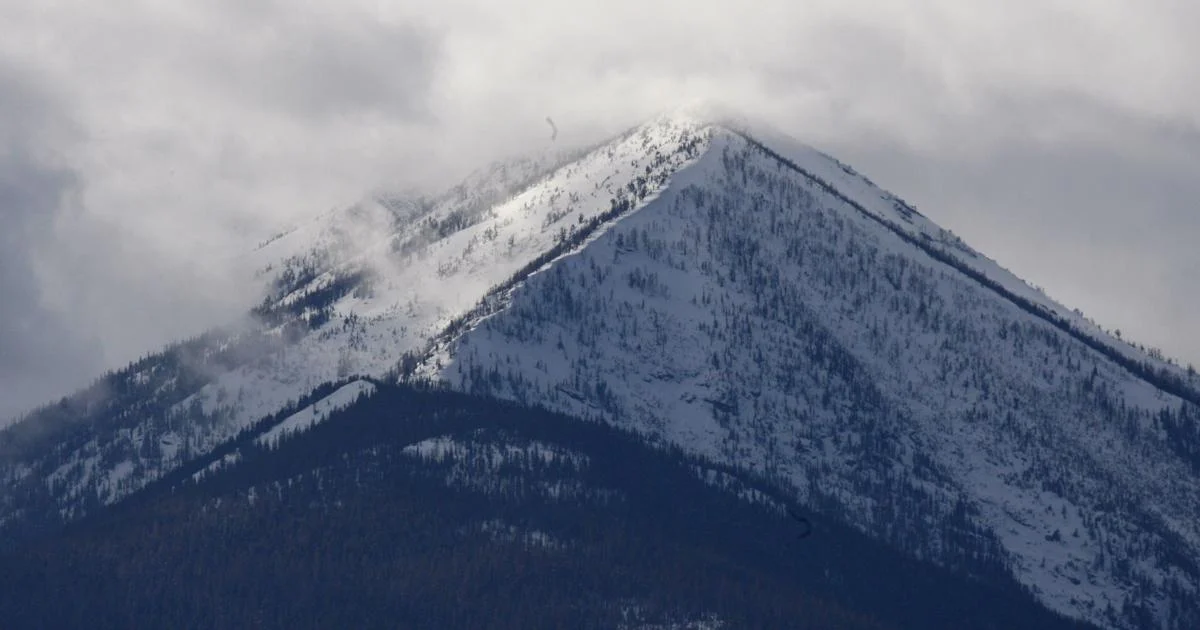
A controversial project to probe under the Cabinet Mountain Wilderness for a potential copper and silver mine has been approved by the U.S. Forest Service.
The Libby Exploratory Project was proposed by mining company Hecla, after it acquired the claim previously known as the Montanore Mine. The Idaho-based company estimates up to 1.5 billion pounds of copper and 183 million ounces of silver could lay underneath an area about 20 miles south of Libby.
A final environmental assessment finding of “no significant impact” from the project was released by the Kootenai National Forest on Oct. 3. In a press release Monday, Hecla officials praised the decision to green-light the project.
“The Libby Project exemplifies our commitment to responsibly developing critical minerals in the United States, delivering long-term economic benefits to our communities, and maintaining rigorous environmental stewardship,” Hecla CEO Rob Krcmarov stated.
The 16-year timeline begins with pumping the water out of an existing 7,000-foot mineshaft, known as an “adit,” that was created during a prior exploratory project at the site and has since flooded. Environmental groups have long opposed the proposed mine, as well as exploratory activities they say pose a risk to surface waters in the Cabinet Mountain Wilderness.
The Montana Environmental Information Center contended that a more comprehensive environmental impact statement should have been required for the project.
“The objections raised by the public, by tribes, and by conservation groups have been dismissed without truly being addressed,” MEIC’s Ben Catton wrote in a statement Wednesday. In an interview, he added, “This is not just an exploration project. … There have efforts over decades and decades t build out a mine here, and I don’t think it’s a question of, ‘Is there an ore body there?’ It’s a way of getting a foot in the door to start operating.”
Local and state environmental groups have contended that the amount of water that would be pumped from the ground could dry out lakes and streams in the wilderness area above, and could harm threatened wildlife like bull trout, grizzly bears and wolverines.
Listen now and subscribe: Apple Podcasts | Spotify | RSS Feed | SoundStack | All Of Our Podcasts
Hecla has disputed that, and the Forest Service’s assessment concluded that a large bedrock barrier separating the surface water from the groundwater near the adit is “essentially impermeable,” meaning little to no draw-down of surface water is expected from the project. In an interview, Catton said the agency failed to consider other studies that argued the opposite, and found more connectivity between the underground mine shaft and some surface waters.
Prior to this month’s decision, the exploration project has spent years tied up in court, and may be headed there again. “I think that litigation is certainly an option and something that we’re going to explore,” Catton said.
In an email Wednesday, Hecla Director of Government Affairs Mike Satre said the company is still awaiting a discharge permit from the Montana Department of Environmental Quality. But activities related to dewatering and rehabilitating the adit “can all start immediately under current permits,” he stated.
Those activities are expected to take two years, followed by up to six years of additional adit construction and exploration. About 4,200 feet in new mine shafts are authorized under the Forest Service permit.
“Once that is complete the project would be closed and reclaimed over a three-year period and post-reclamation monitoring would occur for up to five years,” he wrote.
If exploratory work indicates a mine would be feasible, Satre wrote, the company expects it would have to perform an environmental impact study before moving forward.
Despite environmental opposition, many local officials have consistently supported the project. Lincoln County, which has in recent decades lost much of its historical logging and mining industries, consistently ranks among the highest unemployment rates in the state.
Hecla officials estimate a maximum of 30-35 new jobs during the construction, exploration and reclamation phases.
Environmental groups have countered that the local economy stands to lose much more in potential damage to its growing recreation and tourism industries. Nonresident visitors spent more than $32 million in Lincoln County in 2024, according to data from the University of Montana’s Institute for Tourism and Recreation Research.
The Libby Exploration Project was one of 10 mining projects selected by President Donald Trump’s administration in April to be added to the federal government’s “Fast-41” list to fast-track the review process.
Sam Wilson is the outdoors and environment reporter at the Missoulian.
Love
0
Funny
0
Wow
0
Sad
0
Angry
0
Be the first to know
Get local news delivered to your inbox!
* I understand and agree that registration on or use of this site constitutes agreement to its user agreement and privacy policy.
Sam Wilson
State Bureau Reporter
Get email notifications on {{subject}} daily!
Your notification has been saved.
There was a problem saving your notification.
{{description}}
Email notifications are only sent once a day, and only if there are new matching items.
Followed notifications
Please log in to use this feature
Log In
Don’t have an account? Sign Up Today